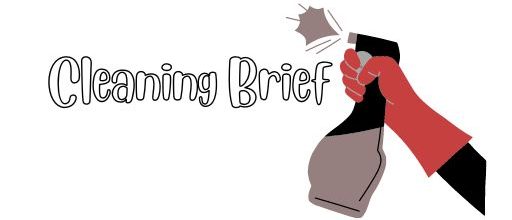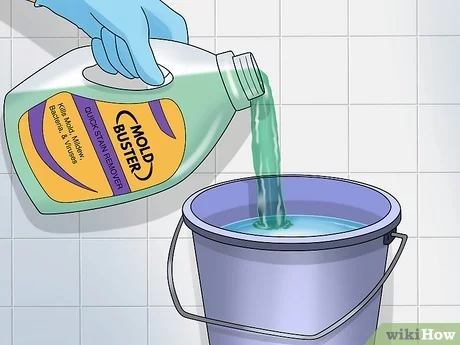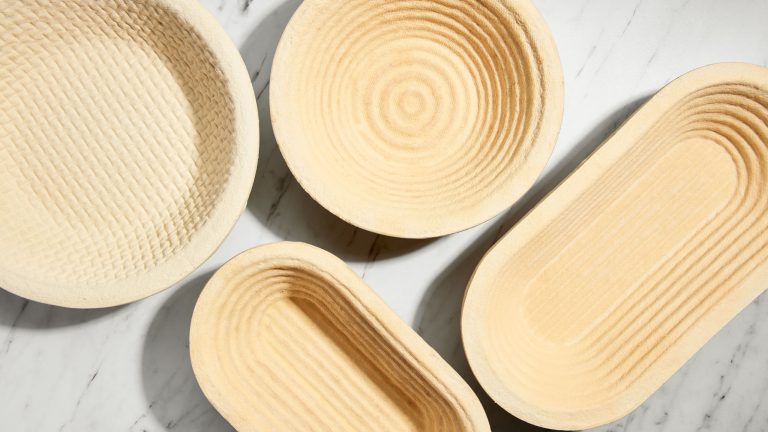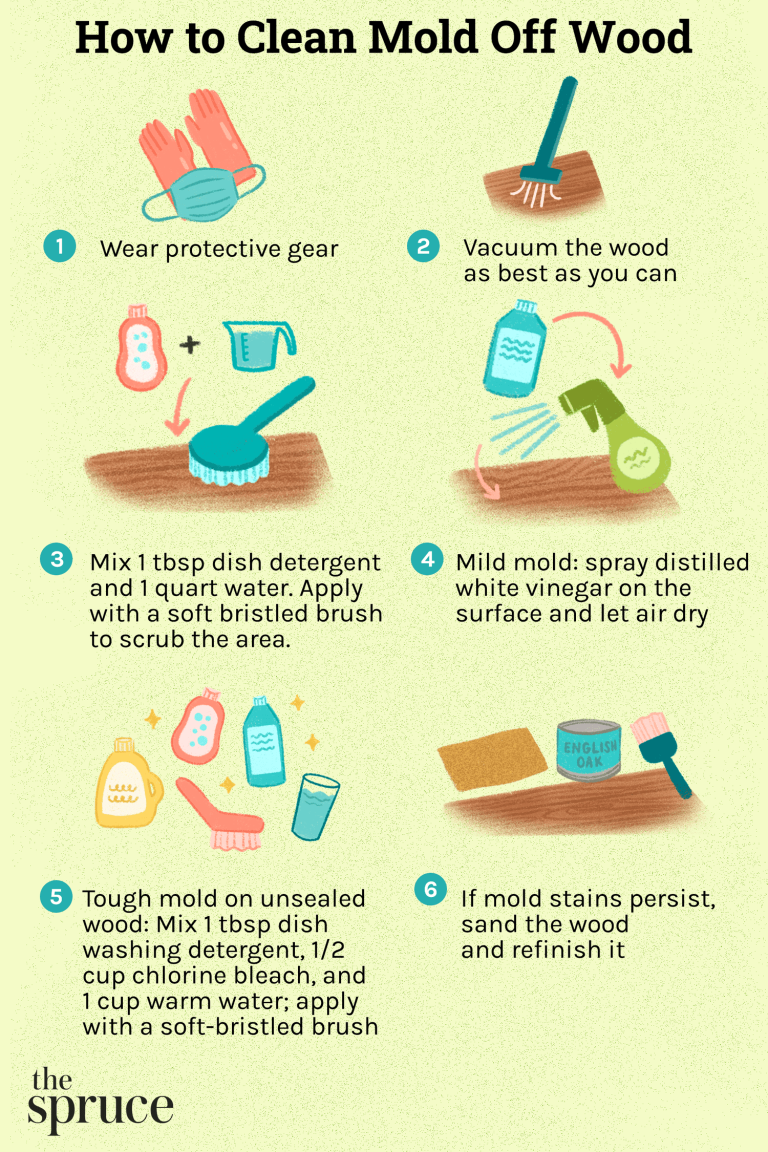How to Safely & Effectively Clean Mold off Cement: Expert Tips
To clean mold off cement, create a mixture of 1 part bleach to 4 parts water, apply it to the affected area, scrub with a brush, and rinse with clean water. Cleaning mold off cement is a simple process that requires only a few steps.
Mold can be unsightly and can cause health issues if left untreated, so it is important to address it promptly. By following these steps, you can effectively and easily remove mold from cement surfaces.
Understanding Mold On Cement
Mold is a common problem faced by homeowners, and it can often be found growing on cement surfaces. Understanding the causes of mold on cement and the health risks associated with it can help you effectively tackle this issue. In this article, we will explore the reasons behind mold growth on cement and the potential health hazards it poses.
Causes Of Mold On Cement
Mold requires certain conditions to thrive, and cement surfaces can provide an ideal environment for its growth. The following factors contribute to the development of mold on cement:
- Moisture: Excessive moisture buildup, whether from leaks, condensation, or high humidity, can create the perfect breeding ground for mold on cement.
- Poor ventilation: Inadequate air circulation can lead to dampness and increased moisture levels, promoting mold growth on cement surfaces.
- Organic matter: Dust, dirt, and organic debris that accumulate on cement provide nutrients for mold to thrive and proliferate.
- Low light: Mold requires darkness to grow, and areas with minimal sunlight exposure are more prone to mold infestation.
Health Risks Associated With Mold On Cement
Mold growth on cement can pose various health risks, especially for individuals with respiratory conditions or weakened immune systems. The following are potential health hazards associated with mold on cement:
- Allergies: Mold spores can trigger nasal congestion, sneezing, coughing, and skin irritation in individuals allergic to mold.
- Asthma attacks: For people with asthma, exposure to mold can exacerbate symptoms and lead to asthma attacks, characterized by difficulty breathing, wheezing, and chest tightness.
- Respiratory infections: Inhaling mold spores can cause respiratory infections, especially in those with compromised immune systems.
- Toxic mold exposure: Certain types of mold, such as black mold (Stachybotrys chartarum), can release toxic compounds known as mycotoxins, which may cause severe health issues like respiratory problems, organ damage, and neurological symptoms.
It is crucial to address mold growth on cement promptly to mitigate these health risks and maintain a safe living environment.
Safety Precautions
When cleaning mold off cement, it is important to prioritize safety precautions to ensure your well-being and the effectiveness of your cleaning efforts. Taking the necessary safety measures will help protect you from potential health hazards and minimize the risk of spreading mold spores to other parts of your home. Here are some crucial safety precautions that you should follow:
Use Of Protective Gear
Before you begin the mold removal process, it is essential to equip yourself with the appropriate protective gear. Mold spores can cause respiratory problems, allergic reactions, and other health issues, so it’s crucial to shield yourself from exposure. Make sure to wear the following protective gear:
- A respirator mask to prevent inhaling mold spores
- Gloves to protect your hands from direct contact with mold
- Protective eyewear to shield your eyes
- A long-sleeved shirt and pants to cover your skin
Ventilation And Airflow
Proper ventilation is essential when cleaning mold off cement. It helps to reduce the concentration of mold spores in the air and speeds up the drying process after cleaning. Here are some tips to ensure adequate ventilation:
- Open windows and doors to allow fresh air to circulate
- Use fans to improve airflow in the affected area
- Consider using dehumidifiers to reduce excess moisture
Remember, allowing proper ventilation will not only help in the mold cleaning process but also contribute to the overall air quality of your home.
In summary, to clean mold off cement safely, always use protective gear, including a respirator mask, gloves, protective eyewear, and appropriate clothing. Additionally, ensure proper ventilation and airflow in the area to minimize the concentration of mold spores. By following these safety precautions, you can effectively clean the mold while keeping yourself protected from potential health hazards.
Effective Cleaning Methods
When it comes to cleaning mold off cement, it’s essential to use effective cleaning methods to ensure thorough removal and prevention of regrowth. There are various natural and chemical solutions that can be used to tackle this issue. Let’s explore some effective cleaning methods to rid your cement surfaces of mold.
Natural Cleaning Solutions
If you prefer eco-friendly options, natural cleaning solutions can effectively clean mold off cement surfaces. These solutions are safe for the environment and your health while being powerful against mold. Here are a few natural options:
- Vinegar: A powerful natural cleaner that can effectively kill mold spores and break down any stains on cement surfaces.
- Baking Soda: An excellent natural abrasive cleaner that can help remove mold from cement surfaces.
- Tea Tree Oil: Known for its antifungal properties, tea tree oil can effectively combat mold on cement surfaces.
Chemical Cleaning Solutions
In cases where the mold infestation is severe, chemical cleaning solutions can provide a stronger approach to effectively remove mold from cement surfaces. However, it’s essential to follow safety precautions when using chemical cleaners. Here are some effective options:
- Bleach: A potent solution that can effectively kill mold spores and prevent regrowth on cement surfaces.
- Hydrogen Peroxide: An alternative to bleach, hydrogen peroxide can effectively combat mold on cement surfaces without harming the environment.
- Ammonia: Effective for killing mold spores and removing stubborn stains from cement surfaces, but caution should be exercised when using this chemical.
:max_bytes(150000):strip_icc()/clean-mold-off-wood-4767277-Vertical-FINAL-50d54949a7af4fc6a81c5ab2071249c4.png)
Credit: www.thespruce.com
Tools And Equipment
When it comes to cleaning mold off cement, having the right tools and equipment is essential. The right tools can make the process much easier and more efficient, ensuring that you effectively remove the mold without damaging the surface. In this section, we’ll discuss the different tools and equipment you can use to clean mold off cement.
Brushes And Scrubbing Tools
Brushes and scrubbing tools are a great way to manually remove mold from cement surfaces. There are a variety of brushes and scrubbing tools you can use depending on the size and severity of the mold growth. Here are some options to consider:
- Stiff-bristle brush: A stiff-bristle brush is ideal for removing tough mold stains. The firm bristles help agitate the mold spores and lift them from the surface.
- Wire brush: A wire brush can be used for more stubborn mold growth that has penetrated the cement surface. The abrasive nature of the wire bristles helps to dislodge and loosen the mold.
- Toothbrush: For smaller areas or tight spaces, a toothbrush can be an effective tool for scrubbing away mold. Its compact size allows for better maneuverability.
Pressure Washers
If you’re dealing with a large area or heavy mold growth, a pressure washer can be a game-changer. Pressure washers use a powerful jet of water to blast away mold, dirt, and debris from the cement surface. Here’s what you need to know about using a pressure washer for mold removal:
- Choose the right pressure: Different pressure washers have varying pressure settings. For mold removal, it’s recommended to use a medium to high-pressure setting. Avoid using excessive pressure that could damage the cement.
- Use a detergent: To enhance the effectiveness of the pressure washer, you can add a mold-removing detergent to the water tank. Make sure to choose a detergent specifically designed for mold removal.
- Keep a safe distance: When using a pressure washer, it’s important to maintain a safe distance from the surface to prevent any damage. Start with a distance of about 12 to 18 inches and adjust as needed.
Using brushes and scrubbing tools or pressure washers can greatly simplify the process of cleaning mold off cement surfaces. Remember to always wear protective gear when working with mold, such as gloves and a mask, to ensure your safety. With the right tools and equipment, you can have your cement looking clean and mold-free in no time.
Preventative Measures
To clean mold off cement, start by scrubbing the affected area with a mixture of water and a mild detergent. Then, apply a solution of bleach and water to kill any remaining mold spores. Finally, rinse the area thoroughly with clean water and allow it to dry completely.
Improving Drainage Around Cement
Maintaining good drainage around cement surfaces is essential for preventing mold growth. When water accumulates on a cement surface, it creates a damp environment that promotes mold growth. To improve drainage and minimize moisture, follow these simple steps:
- Ensure that gutters and downspouts are clear of any debris, allowing proper water flow away from the cement.
- Direct rainwater away from the cement surface by installing downspout extensions or diverters.
- Grade the surrounding soil away from the cement to prevent water from pooling near it.
- Add a layer of gravel or sand around the cement to encourage water drainage.
- Regularly inspect and clean any drainage systems in the area, such as French drains or rain barrels.
Regular Inspection And Maintenance
Frequent inspection and maintenance are key to preventing mold growth on cement surfaces. By identifying and addressing potential issues early on, you can stop mold from taking hold. Here are some important steps to follow:
- Regularly check for cracks or gaps in the cement, as these can allow water to seep in and create a damp environment.
- Repair any cracks or gaps with an appropriate cement patch or sealant.
- Inspect the surrounding area for signs of water damage or leaks, such as peeling paint or discoloration.
- If you notice any water leaks or excessive moisture, investigate and fix the source of the problem promptly.
- Clean the cement surface periodically using a mixture of water and mild detergent to remove dirt and debris.
- Apply a mold-resistant coating or paint to the cement surface to create an additional barrier against mold.

Credit: www.pinterest.com
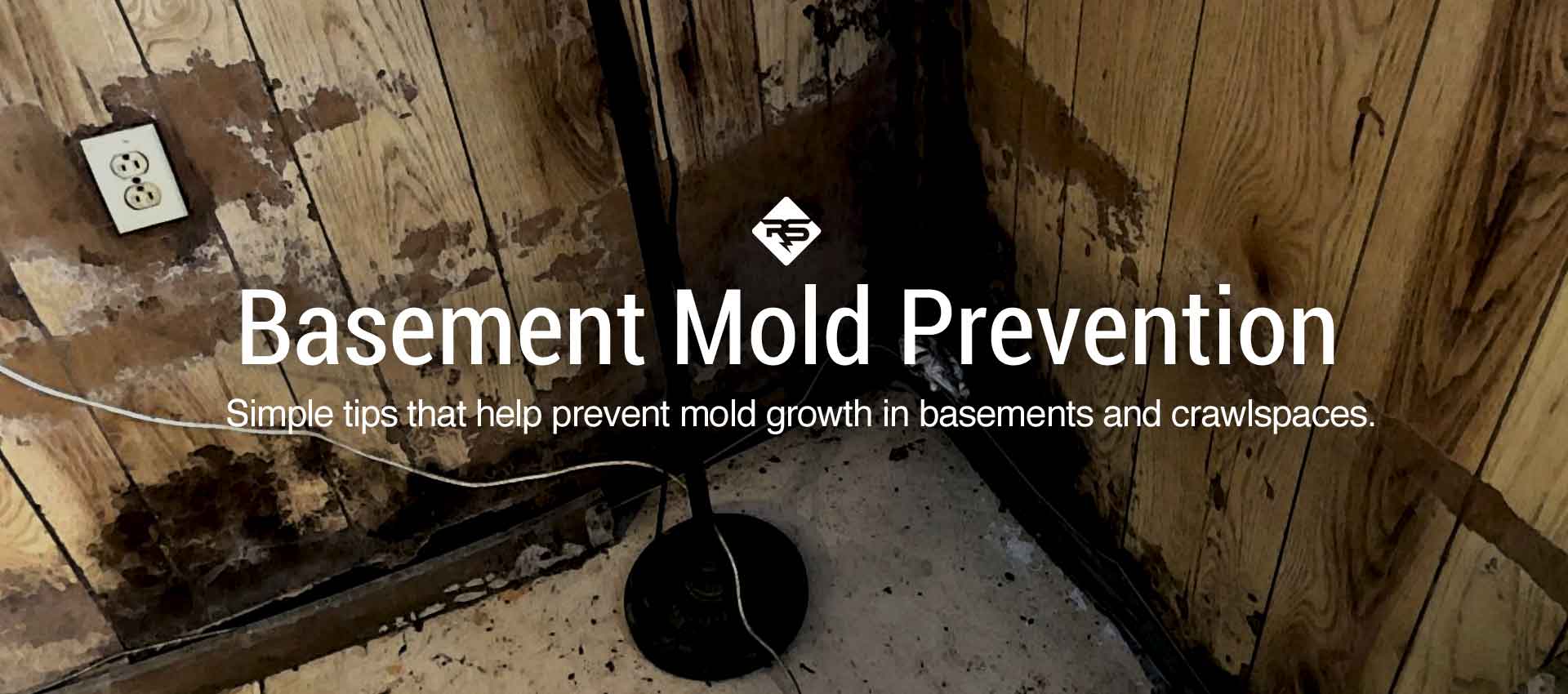
Credit: www.radonseal.com
Frequently Asked Questions Of How To Clean Mold Off Cement
How Does Mold Grow On Cement?
Mold thrives in damp and humid conditions, making cement susceptible to its growth. Moisture accumulation, poor ventilation, and lack of sunlight promote mold growth on the surface of cement.
Why Is It Important To Clean Mold Off Cement?
Cleaning mold off cement is essential to maintain a healthy living space. Mold can cause respiratory issues, allergies, and other health problems. Additionally, removing mold from cement helps prevent further damage and deterioration.
What Are The Steps To Clean Mold Off Cement?
To clean mold off cement, first, ensure proper safety gear including gloves and a mask. Then, scrub the affected area with a mixture of water and bleach or vinegar. Use a stiff brush to remove the mold, rinse the surface thoroughly, and allow it to dry completely.
How Can I Prevent Mold From Growing On Cement In The Future?
Prevent mold growth on cement by controlling moisture levels. Ensure proper ventilation and sunlight. Fix any leaks and repair cracks in cement. Regularly clean and dry the surface, remove any debris, and maintain a clean environment.
Conclusion
To sum up, cleaning mold off cement can be a simple task when using the right methods and products. Regular maintenance and addressing moisture issues are essential for preventing mold growth in the future. By following the steps outlined in this blog post, you can ensure a clean and healthy environment in your home or workplace.
